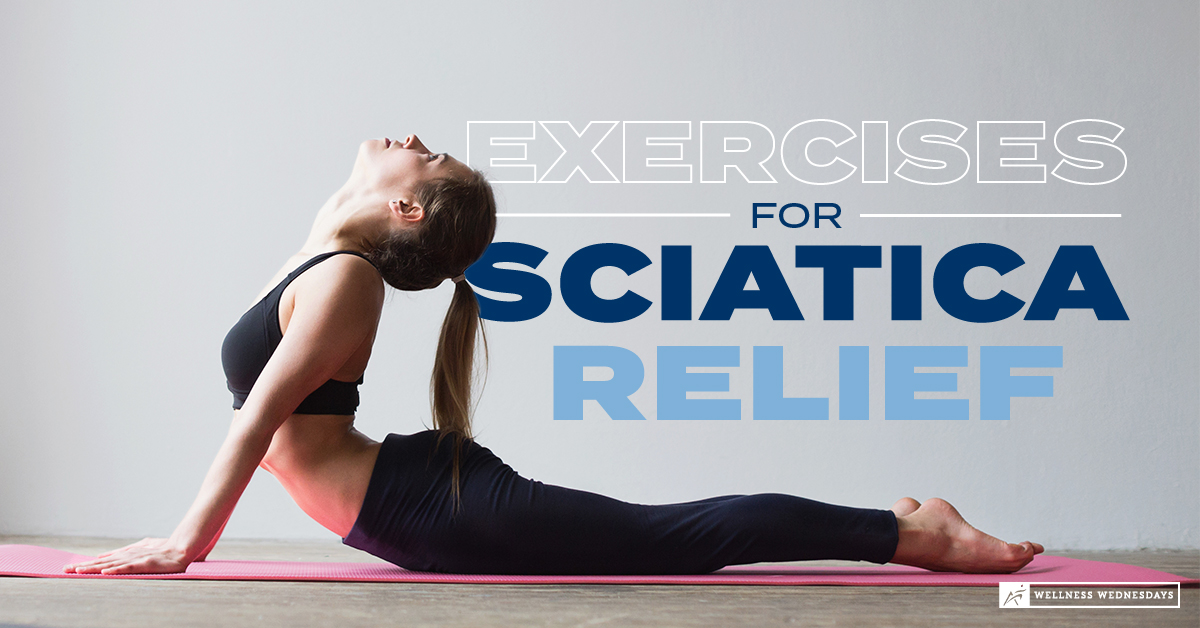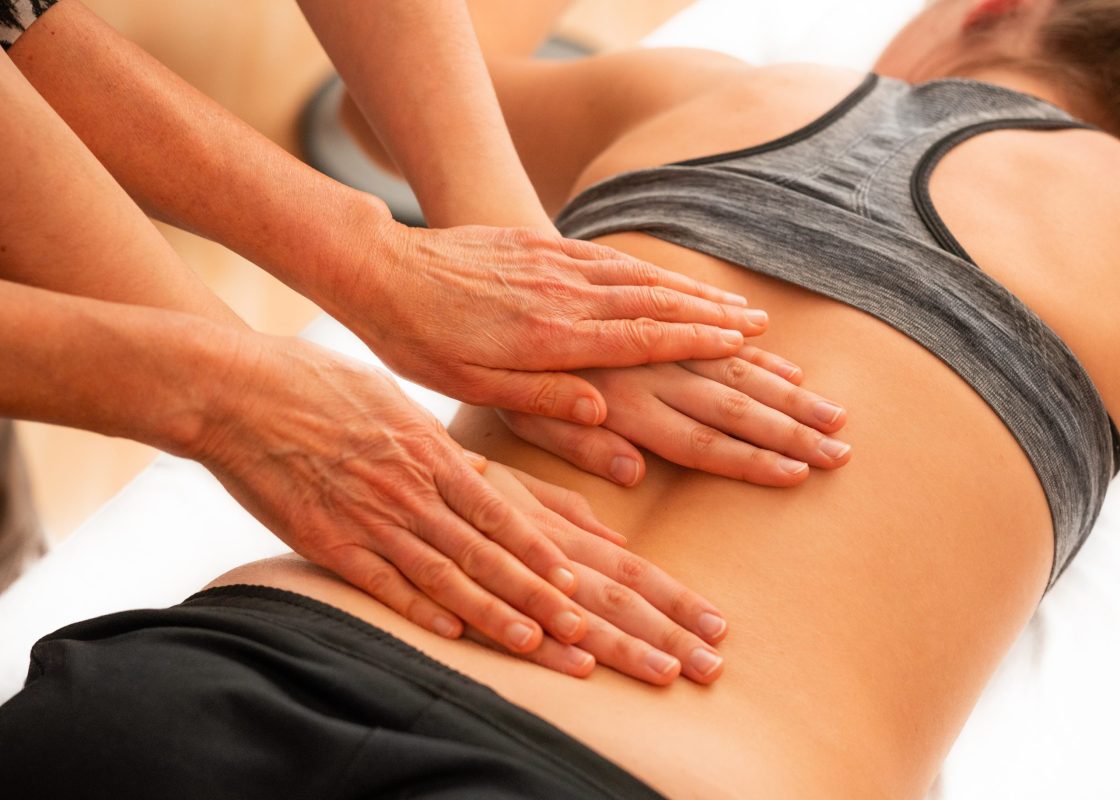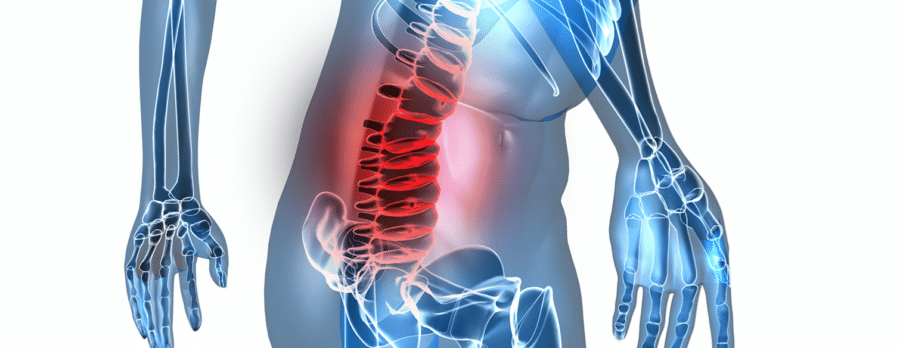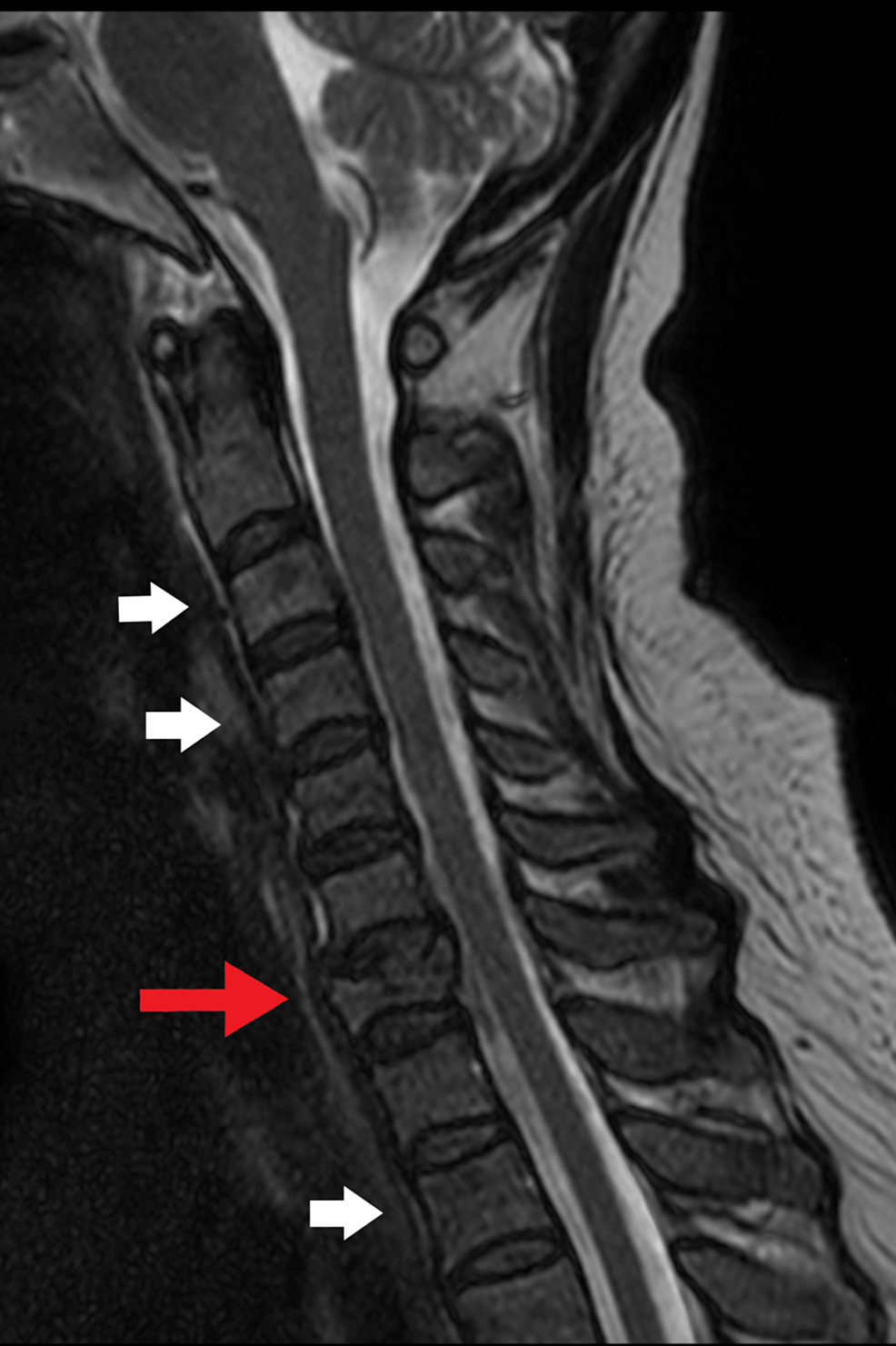










Sciatica, a term often resonating in the corridors of healthcare, refers to pain radiating along the sciatic nerve. This nerve runs from the lower back, through...
Share on Pinterest Design by MNT. Photography by CRISTINA PEDRAZZINI/SCIENCE PHOTOLIBRARY/Getty Images & Lock Stock/Getty Images. Researchers compared the effectiveness of opioids versus a placebo in...
July 5, 2023 Read for 1 minute [email protected]. Back to Healio Takeaways from the conference: Opioids do not reduce pain intensity for acute, non-specific neck or...
Specialty
Specialty